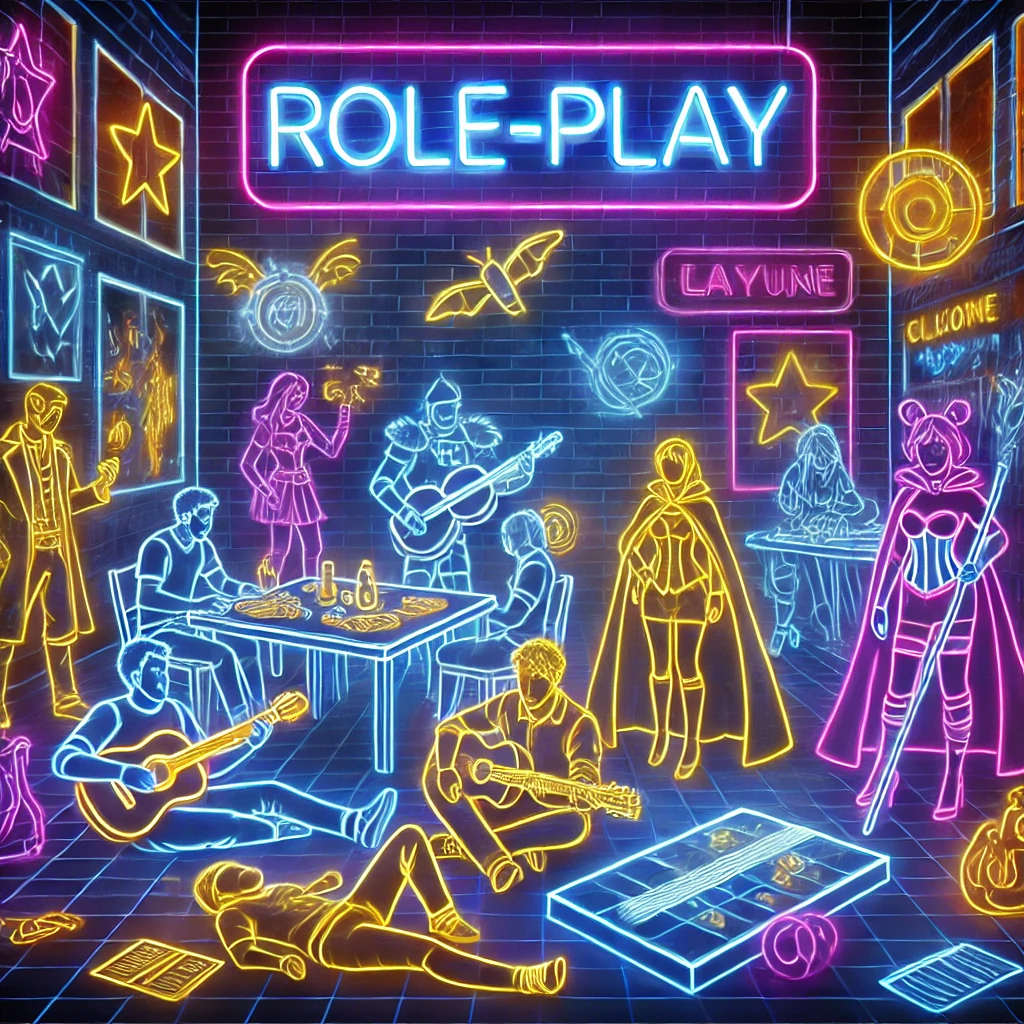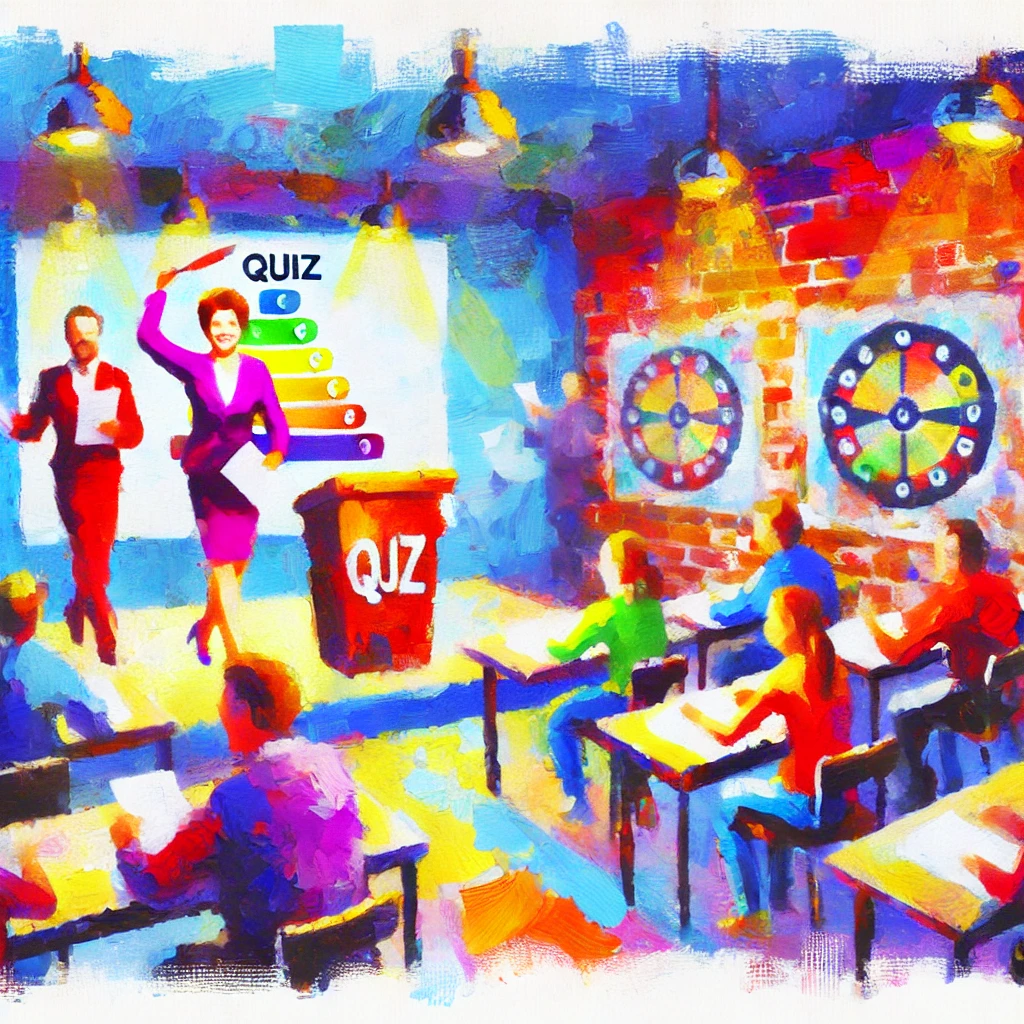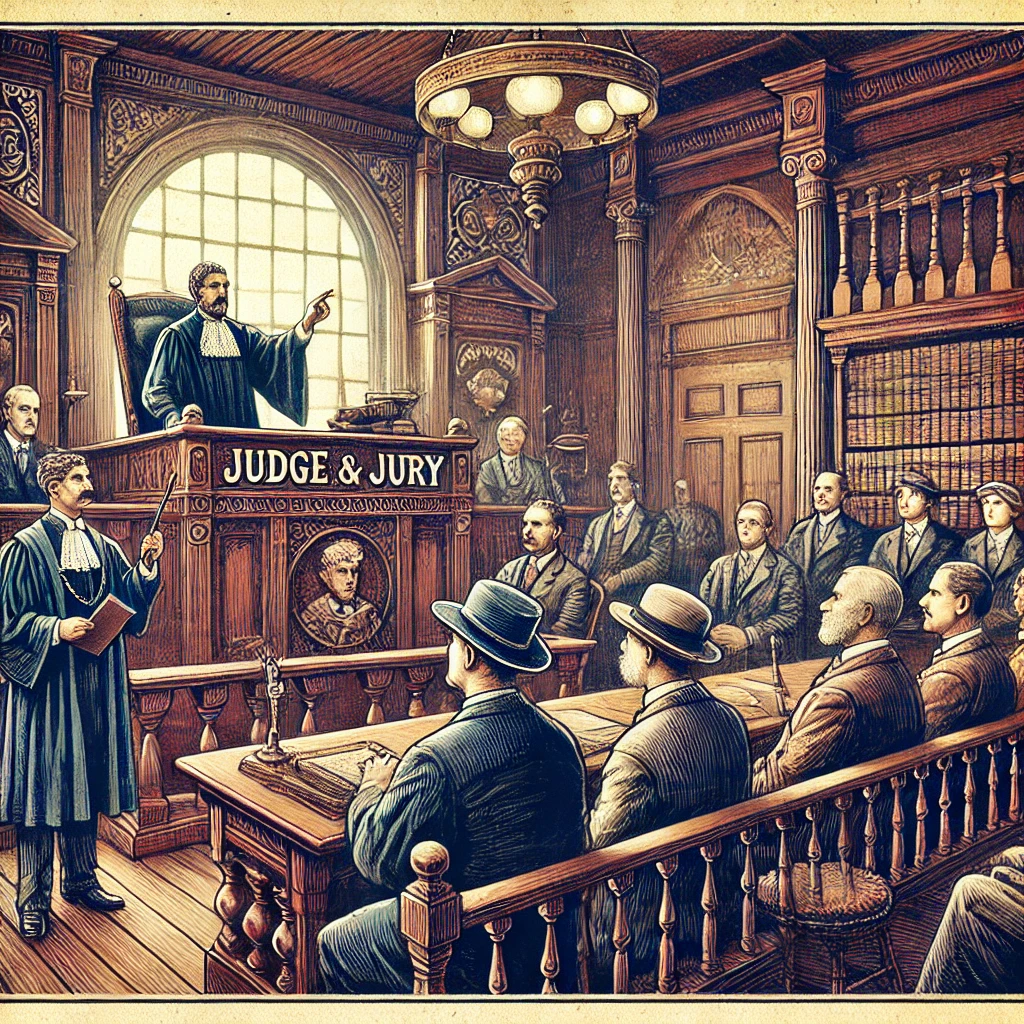BASIC FUTURE TENSES REVIEW

Learning Objectives
- Understand the usage, differences, and similarities of various future tenses.
- Apply future tense forms accurately in various real-life contexts.
- Develop confidence in choosing appropriate future tense forms for different situations.
Different Future Tenses
Simple Future (will + base form of the verb)
Use: The simple future tense is used for decisions made at the moment of speaking, predictions, and promises.
- Examples:
- Decision: “I will answer the phone.”
- Prediction: “I think it will rain tomorrow.”
- Promise: “I will help you with your homework.”

Future with “Going to” (am/is/are + going to + base form of the verb)
Use: This construction is used for planned actions or intentions, and predictions based on visible evidence.
- Examples:
- Planned action: “I am going to visit my grandparents next weekend.”
- Prediction based on evidence: “Look at those dark clouds; it’s going to rain.”

Present Continuous for the Future
Use: It is used to talk about future arrangements and plans. This form emphasizes that an arrangement has already been made or a plan has been decided upon and usually involves a specific time or place.
Structure:
- Affirmative: Subject + am/is/are + verb(-ing)
- Example: “I am meeting my friend tomorrow.”
- Negative: Subject + am/is/are + not + verb(-ing)
- Example: “I am not meeting my friend tomorrow.”
- Interrogative: Am/Is/Are + subject + verb(-ing)?
- Example: “Are you meeting your friend tomorrow?”
- Examples:
- Making Plans: “I am meeting John at 5 PM today to discuss the project.”
- Scheduling Appointments: “She is seeing the dentist at 3 PM on Thursday.”
- Arrangements: “They are moving into their new apartment next week.”

Here is a short but fun presentation about the future tenses and their uses:
Learning Activities
Role-play Activity
- Objective: Practice using future tenses in spoken scenarios to enhance fluency and accuracy.
- Instructions:
- Pair up and pick a role-play card that describes a scenario (e.g., planning a party, discussing future career plans).
- Use appropriate future tenses to act out the scenario.
- Peers provide feedback based on tense accuracy and appropriateness.

Future Plans Presentation
Objective:
The primary objective of this activity is to enhance your ability to articulate your future goals and plans using appropriate future tenses. It aims to boost your confidence in public speaking and improve your grammatical accuracy when discussing future intentions and predictions.
Instructions:
- Preparation:
- Selecting a Topic: Choose a topic related to your future plans. This could be career aspirations, educational goals, travel plans, or personal development objectives.
- Research and Outline: Spend time researching your chosen topic if necessary (e.g., requirements for a certain career, destinations for travel) and create an outline for your presentation. The outline should include:
- Introduction: Brief introduction about themselves and the significance of their chosen future plan.
- Body: Detailed description of their plans, using various future tenses:
- Simple future for intentions or decisions made at the moment of speaking.
- “Going to” for planned actions or intentions.
- Future continuous for actions that will be in progress at a specific time in the future.
- Future perfect for actions that will be completed by a certain future time.
- Conclusion: Summarize their main points and express any hopes or expected outcomes related to their plans.
- Drafting:
- Write a draft of your presentation based on the outline. Use the future tenses appropriately and include time expressions (e.g., next year, in five years, by 2030) to give clear timelines for your plans.
- Practice:
- In pairs or small groups, students practice your presentations. Peers provide feedback on clarity of content, use of future tenses, and delivery style (eye contact, voice modulation).
- Use of visual aids such as PowerPoint slides, posters, or handouts to enhance your presentation and engage the audience.
- Presentation:
- Presen your Future Plans Presentation to the class. You´ll have time limit (e.g., 3-5 minutes) to ensure all your peers have an opportunity to speak.
- The audience should ask questions after each presentation to foster a dynamic and interactive session.
- Feedback:
- After all presentations, constructive feedback will be provided on all of your performances.
- Reflect on what you learned from others’ presentations and discuss any similar goals or interests.

Future Tense Quiz
Objective:
The Future Tense Quiz is designed to assess your understanding and application of various future tenses in English. This activity aims to reinforce your knowledge of when and how to appropriately use different future constructions, such as simple future, “going to,” and modal verbs for future actions.
Instructions:
- Quiz Preparation:
- Design: A quiz that includes a variety of question types to test different aspects of future tense usage will be prepared.
- Content: Questions will cover:
- Choosing the correct future tense form for given scenarios.
- Rewriting sentences using a different future tense.
- Identifying errors in the use of future tenses in sample sentences.
- Explaining the use of different future tenses in specific contexts.
- Conducting the Quiz:
- The quiz will be distributed to you
- A clear time limit will be set to complete the quiz, ensuring that it provides enough challenge but is also achievable within the time frame.
- Review and Discussion:
- Each question and the correct responses will be discussed, explaining why each specific future tense is used in various contexts.
- Feedback and Reflection


In the following section, you will dive deep into the world of the future perfect and future continuous tenses. These tenses will not only enhance your understanding of future events but also help you articulate your plans and predictions more precisely.
Future Perfect
- Used to describe an action that will be completed before a specific point in the future.
- Structure: Subject + will have + past participle
- Example: “By next year, I will have graduated from high school.”
Practical Examples:
Project Deadlines: “By the end of the month, we will have finished the project.”
Life Milestones: “By 2025, she will have traveled to 10 countries.”
Work Achievements: “By tomorrow, he will have completed the report.”
Personal Goals: “By the time I’m 30, I will have learned three languages.”
School Assignments: “By next week, you will have read the entire book.”

Future Continuous
- Used to describe an action that will be in progress at a specific point in the future.
- Structure: Subject + will be + verb(-ing)
- Example: “At 8 PM tonight, I will be studying for my exam.”
Practical Examples:
- Daily Routines: “At 7 AM tomorrow, I will be jogging in the park.”
- Work Schedules: “At this time next week, they will be meeting with the new clients.”
- Travel Plans: “At noon tomorrow, we will be flying to Paris.”
- Social Events: “At 6 PM tonight, you will be attending the concert.”
- Future Predictions: “In ten years, people will be working from home more frequently.”

Distinguishing Future Perfect and Future Continuous
- Future Perfect: Focuses on the completion of an action before a specific time in the future.
- Future Continuous: Emphasizes the ongoing nature of an action at a specific future time.
Comparison Examples:
- Future Perfect: “By 9 PM, I will have finished my homework.”
- Future Continuous: “At 9 PM, I will be finishing my homework.”
- Future Perfect: “By next year, she will have saved enough money for a car.”
- Future Continuous: “At this time next year, she will be saving money for a car.”
- Future Perfect: “By the end of the day, they will have completed the training.”
- Future Continuous: “At the end of the day, they will be completing the training.”
Aditional Resources
– BBC- Learning English
– Future review
Learning Activities
Problem-Solving Task
Learning Objectives:
- Master Future Tenses: Learn to use the future perfect and future continuous tenses accurately.
- Apply in Real-Life Contexts: Use these tenses to plan and describe tasks for a real-world event.
- Enhance Collaboration Skills: Work collaboratively with a partner to compare and refine your plans.
- Improve Critical Thinking: Develop your problem-solving abilities by organizing and prioritizing tasks.
Instructions:
- Scenario:
- Imagine you are planning a large event, such as a school festival, a charity fundraiser, or a company conference.
- You need to describe what tasks will be completed by certain times (future perfect) and what tasks will be ongoing at specific times (future continuous).
- Task:
- Write sentences using both future perfect and future continuous tenses to outline your plan. Be specific about the times and tasks.
- Example Sentences:
- “By 9 AM, we will have set up all the booths for the festival.”
- “At 10 AM, we will be welcoming the first guests.”
- “By noon, the opening ceremony will have started.”
- “Throughout the day, volunteers will be assisting attendees.”
- “By 5 PM, we will have completed all the scheduled activities.”
- Group Work:
- Pair up with a partner and share your plan. Discuss any differences in your approaches and provide feedback to each other.
- Discussion Points:
- How did you prioritize tasks?
- Which tasks did you decide to highlight with future perfect?
- Which ongoing activities did you describe with future continuous?
- How did you ensure that your plan covers all necessary aspects of the event?
Example Plan:
Imagine you are planning a charity fundraiser.
- By 7 AM, we will have set up all the registration tables.
- At 8 AM, volunteers will be arriving to help with the preparations.
- By 9 AM, we will have received the first donations.
- Throughout the morning, we will be organizing activities and games for the attendees.
- By noon, the main event will have started.
- At 2 PM, guest speakers will be giving their presentations.
- By 4 PM, we will have announced the total amount of money raised.
- At 5 PM, we will be wrapping up the event and thanking all participants.

Story Finishing
Learning Objectives:
- Master Future Tenses: Learn to use future perfect and future continuous tenses accurately in writing.
- Enhance Creative Writing: Develop your storytelling skills by creating a coherent and engaging narrative.
- Apply Grammar in Context: Use the future perfect and future continuous tenses within the context of a story.
- Improve Presentation Skills: Practice reading aloud and explaining your grammatical choices to the class.
Instructions:
- Scenario Introduction:
- Scenario: It’s the night before the big exam, and you’re reflecting on everything you’ve done to prepare.
- Objective: You will write an ending to this story, incorporating at least three future perfect and three future continuous sentences to describe your preparations and plans for the exam day.
- Writing Task:
- Task: Write an ending to the provided story beginning. Use the future perfect tense to describe what you will have completed by certain times and the future continuous tense to describe ongoing actions during the exam day.
- Example Sentences:
- Future Perfect: “By the time the exam starts, I will have reviewed all my notes twice.”
- Future Continuous: “At 10 AM, I will be answering the questions on the first section of the exam.”
- Class Share:
- Reading Aloud: Each student will read their story ending to the class.
- Explanation: After reading, you will explain your use of the future perfect and future continuous tenses, highlighting why you chose to use each tense in specific parts of your story.
Example Story Ending:
Beginning of the Story: “It’s the night before the big exam, and you’re reflecting on everything you’ve done to prepare…”
Example Ending: “By the time the exam starts, I will have completed all my practice tests. At 8 AM, I will be sitting in the exam hall, feeling confident and prepared. By 9 AM, I will have organized all my materials and will be ready to begin. At 10 AM, I will be answering the questions on the first section of the exam. By noon, I will have finished the most difficult part. During the lunch break, I will be revising my strategies for the final sections. By the end of the day, I will have successfully completed the exam and will be feeling relieved and accomplished.”

Judge and Jury
Learning Objectives:
- Master Future Tenses: Learn to use the future perfect and future continuous tenses accurately in decision-making scenarios.
- Develop Critical Thinking: Enhance your ability to analyze situations and make informed decisions.
- Apply Grammar in Context: Use future perfect and future continuous tenses to explain your decisions clearly and logically.
- Improve Communication Skills: Practice presenting and defending your decisions to the class.
Instructions:
- Scenario Introduction:
- Objective: Your task is to make decisions based on given scenarios and explain your reasoning using the future perfect and future continuous tenses.
- Scenario: Imagine you are part of a jury that must decide on the best course of action in various situations. Each group will receive a different scenario to analyze and decide upon.
- Task:
- Group Work: Form groups and discuss the scenario provided. Use both future perfect and future continuous tenses to outline your decisions and the anticipated outcomes.
- Example Sentences:
- Future Perfect: “By next month, we will have implemented the new policy to improve safety.”
- Future Continuous: “During the next quarter, we will be monitoring the policy’s effectiveness.”
- Class Discussion:
- Presentation: Each group presents their decisions to the class, explaining their reasoning and how they used future perfect and future continuous tenses.
- Discussion: Engage in a class discussion, comparing different groups’ decisions and the use of tenses. Discuss the strengths and weaknesses of each group’s approach.

